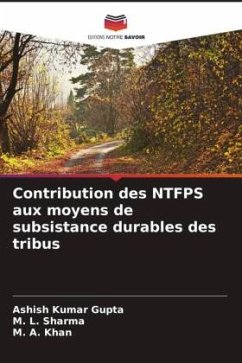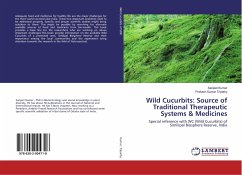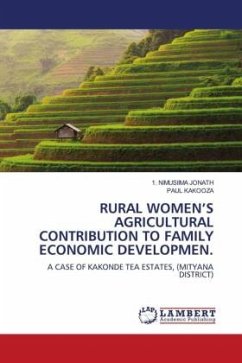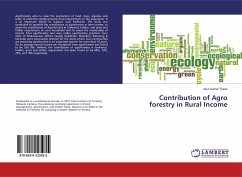
NTFPs Trade and Its Contribution to Local Livelihood
The case of Manang District, Nepal
Versandkostenfrei!
Versandfertig in 6-10 Tagen
32,99 €
inkl. MwSt.

PAYBACK Punkte
16 °P sammeln!
Hundreds of plant species are harvested in the Himalaya and traded at local, regional, and international levels. Recent studies indicate that the annual trade in medicinal plants and related products from the Himalaya amounts to thousands of tons of roots, rhizomes, tubers, fruits, leaves, etc, with an annual value of millions of US Dollar. It is difficult, however, to analyze and understand trade and markets on the basis of available studies, as these do not employ common terminology or methodology. The present paper aims to make insight on the prevailing NTFP collection, trade and its contri...
Hundreds of plant species are harvested in the Himalaya and traded at local, regional, and international levels. Recent studies indicate that the annual trade in medicinal plants and related products from the Himalaya amounts to thousands of tons of roots, rhizomes, tubers, fruits, leaves, etc, with an annual value of millions of US Dollar. It is difficult, however, to analyze and understand trade and markets on the basis of available studies, as these do not employ common terminology or methodology. The present paper aims to make insight on the prevailing NTFP collection, trade and its contribution in income of local people of Manang district, a remote trans-himalayan district of Nepal. Out of 15,000 identified plant species in Nepal, more than 2000 plants have medicinal properties, 200 are in active use and more than 100 plant species are in commercial trade. There is growing concern in governmental and non-governmental organization to promote NTFP for improvements of rural livelihoods.












